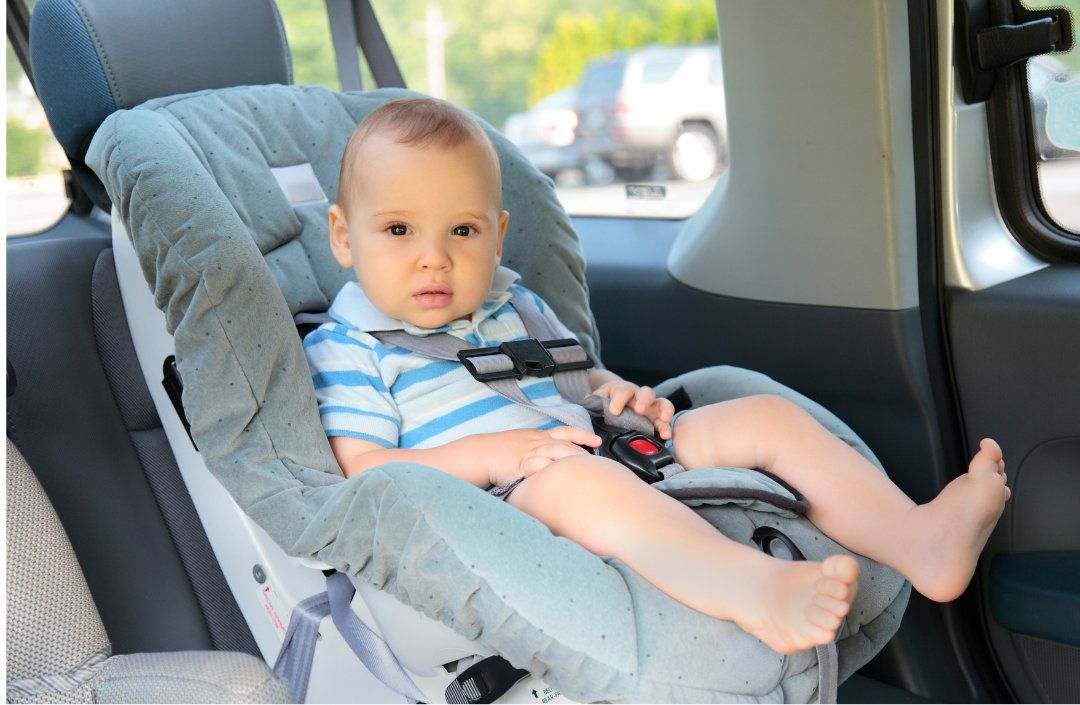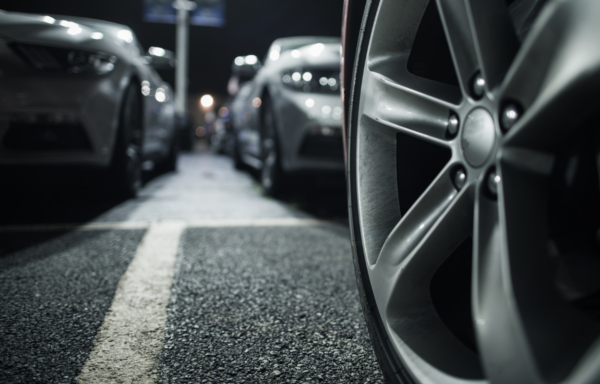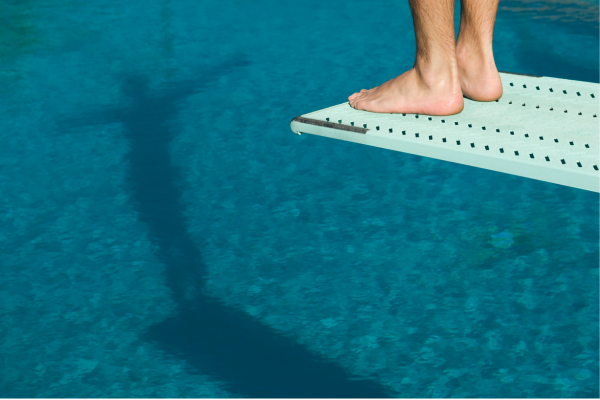How to Secure Your Child’s Car Seat Using LATCH

If you are like many parents and caregivers today, you are using LATCH to install your child’s car seat in your vehicle. LATCH stands for Lower Anchors and Tethers for Children and refers to the two lower anchor brackets where the back and bottom of your vehicle seat meet, and the upper anchor bracket where the tether strap gets attached. Since September of 2002, most vehicles were required by federal standards to have two seating positions equipped with LATCH; these are typically the outboard rear seats. Some manufacturers have chosen to provide additional LATCH positions beyond what is required by federal standards.
There are several considerations for caregivers when using LATCH to install a car seat for their child. First, not all seating positions in their vehicles are equipped with LATCH anchors. The best way to identify which positions in your vehicle have LATCH anchors is to consult your vehicle owner’s manual. Not only will this manual show you which seating positions are LATCH equipped, it will also contain information regarding the use of LATCH anchors at non-LATCH-designated seating positions. Some vehicle manufacturers will allow for use of the anchors for a position not officially designated as a LATCH position, such as the center rear seat (if the adjacent anchors are not also used to secure another car seat.) Before using anchors at a non-designated LATCH position, you must review BOTH the car seat and vehicle owner’s manuals to verify they allow installation in a non-designated LATCH position.
Second, before installing your child’s car seat using LATCH, you must confirm the maximum weight permitted when using LATCH. For most vehicle manufacturers, the lower anchor weight limit is 65 pounds (this is the combined weight of the car seat and the child.) In 2002, this did not cause problems because most car seat harnesses were only for children up to 40 pounds. In the years since, the maximum weight for a child to be in a harness has increased. Therefore, if you have a car seat with a higher weight limit harness, you need to consider both the weight of the child PLUS the car seat when determining if the use of the lower anchors is permitted. Many manufacturers are now providing the weight of their car seats on their websites. Once the combined weight of your car seat and child exceeds the maximum allowable weight for the lower anchors, your car seat can still be used with the harness, but it must be installed using the vehicle’s seatbelt.
Third, when you install the car seat using LATCH in the vehicle, you must make sure you use the anchors and attachment hardware properly. Be sure you are attaching to the lower anchor bracket; in some vehicles, there are other places that can be mistaken for a lower anchor but are not rated for loading. Lower anchors are horizontal bars and should be located in close proximity to the small icons denoting their location. In some vehicles, you may need to remove a cover or open a flap to access the lower anchors.
No matter where or how you are installing your child’s car seat, it is critical the car seat be secured tightly in the vehicle. Review the manuals for both the car seat and the vehicle for information on installing the car seat. After following the installation steps, the tightness of the installation should be checked by grasping the car seat near where the seatbelt or lower anchor strap passes through and trying to move the car seat. You should not be able to move the car seat side-to-side or front-to-back more than 1 inch. If it does move more than 1 inch, repeat the steps used to tighten the car seat and re-test the tightness.
When transitioning a child from a car seat with a harness to a booster seat, parents should consult the car seat’s owner manual to determine if the car seat manufacturer allows the seat to be attached to the LATCH system when installed as a booster. While there are some manufacturers who permit the lower anchors to be attached to their boosters, others prohibit it.
Following the instructions of the vehicle and car seat manufacturers is the best way to ensure your child gets the best protection a car seat can offer on every ride. To answer one of the most common questions related to LATCH: as long as you get a good, tight fit of the car seat in the vehicle, whether you use the LATCH or the vehicle seatbelt, your car seat is expected to perform well and provide protection to your child.
For more information and a tool to help you select an appropriate child seat for your child, visit: https://www.nhtsa.gov/equipment/car-seats-and-booster-seats

